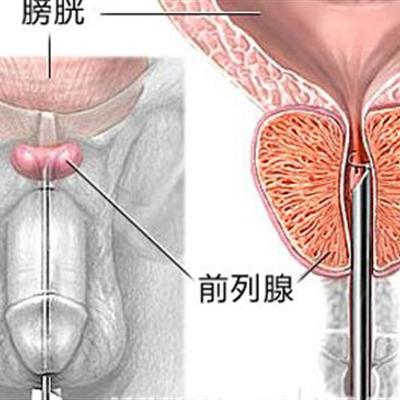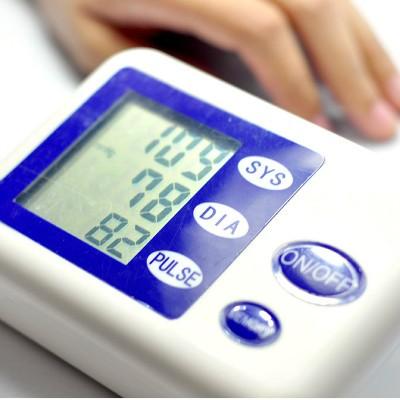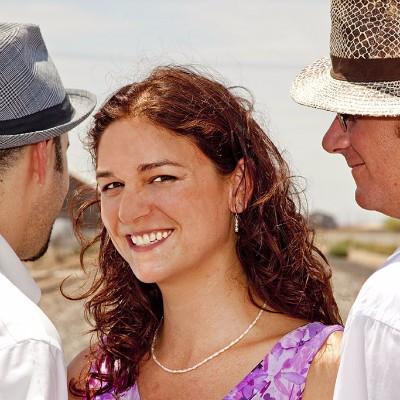Symptoms of pertussis
summary
Pertussis is an acute respiratory infectious disease caused by Bacillus pertussis. Since the extensive implementation of pertussis vaccine immunization, the incidence of this disease has been greatly reduced. The clinical feature of pertussis is that the cough gradually worsens, showing typical paroxysmal and spasmodic cough. At the end of the cough, there is a deep and long cockcrow like inspiratory roar. The course of the disease is as long as 2-3 months, so it is called pertussis. Symptoms of pertussis? Let's talk about it
Symptoms of pertussis
Catarrhal period from the onset to appear spasmodic cough, generally 1-2 weeks. At the beginning, the symptoms are similar to a cold. In addition to coughing, there may be runny nose, sneezing, low fever, or only dry cough. When other symptoms gradually disappeared, cough became more serious, light day and heavy night, gradually showing spasmodic cough.

The spasmodic cough period is usually 2-4 weeks or longer (several days to more than 2 months). Paroxysmal and spasmodic cough were the characteristics of this period. During the attack, cough appeared in a string, with more than ten or dozens of coughs, until sputum or gastric contents were coughed up, followed by deep and long inspirations, giving out a chicken like inspiratory roar. When the cough is severe, there may be urinary incontinence, elbow flexion with clenched hands, eyes wide open, red face, tears, head forward, mouth open, mouth cyanosis, etc. the expression is extremely painful. The light ones are several times a day, and the heavy ones are dozens of times a day, mostly at night. It can be induced by running, eating, catching cold, smoking and crying. Before the attack, there is no obvious omen.
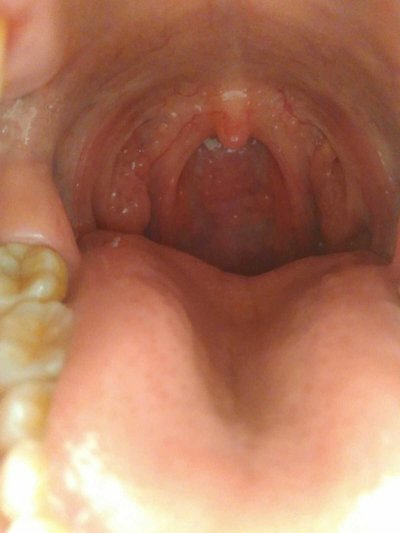
Recovery period is generally 1-2 weeks, the number of cough attacks reduced, the degree of relief, no longer paroxysmal spasmodic cough. But if you encounter smoke and other stimulation, or respiratory tract infection, you can repeat paroxysmal spasmodic cough.
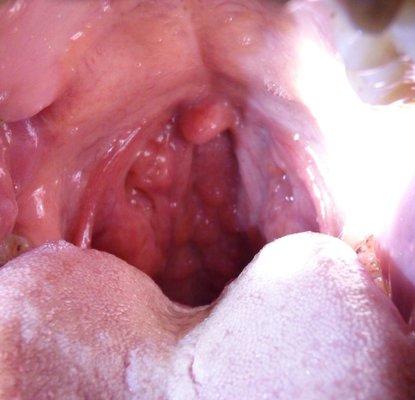
matters needing attention
According to the respiratory tract isolation, keep the air fresh, avoid all factors that can induce spasmodic cough. Strengthen nursing to prevent complications and pay attention to nutrition. Infant asphyxia should be immediately artificial respiration, oxygen, if necessary, give antispasmodic expectoration. Procaine can be given intravenously to reduce asphyxia or convulsion. Heart rate and blood pressure should be paid attention to at the same time. When there is low calcium, hypoglycemia, etc., give symptomatic treatment.





